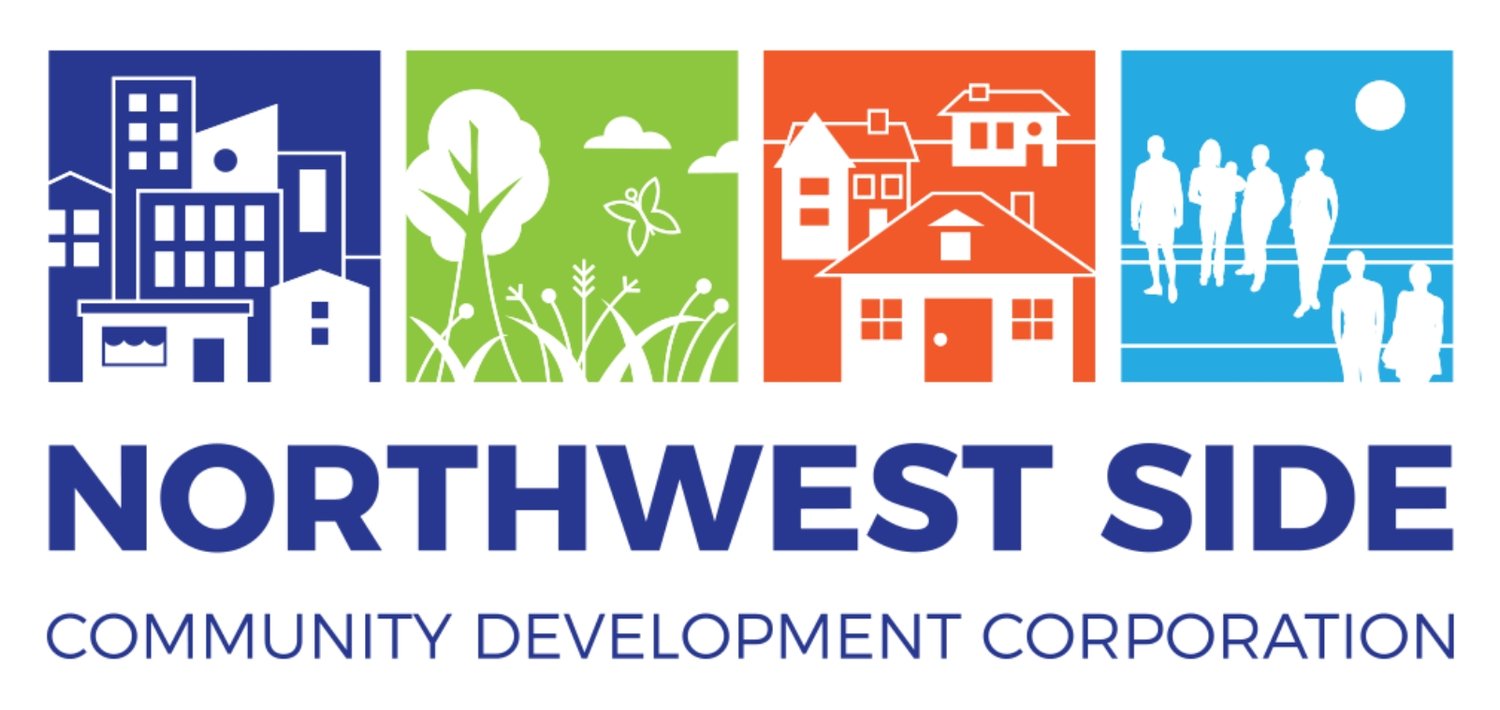Redesigned Streets Can Deter Reckless Driving
It’s no secret that reckless driving in Milwaukee has been getting progressively worse in recent years. Streets should feel safe and welcoming for everyone to use – including people walking, biking, using the bus, and driving. However, the reality is that many Milwaukeeans now feel helpless and frustrated by reckless drivers who often dominate the right-of-way.
It’s time to reflect on past decades of street design by traffic engineers where the primary goal was to move vehicles freely and quickly between destinations. This strategy has created significant costs in the areas of safety, accessibility for alternate modes of transportation, and disconnected neighborhoods; it is simply not sustainable anymore. There are far too many overly-wide arterial streets that are effectively encouraging drivers to speed, pass on the right, and weave in and out of traffic, while at the same time, limiting safe access for people who need or prefer to walk, bike, or ride the bus to get around.
Many instances of reckless driving can be outright prevented by implementing a series of engineering solutions to road design. By applying strategies like narrowing travel lanes, reducing the number of travel lanes, constructing protected/separated bike lanes, installing curb bumpouts, and incorporating more raised medians, we can physically inhibit instances of speeding and passing on the right or left.
Take curb bumpouts, for example. When these are implemented at intersections, there is no space for vehicles to navigate around other vehicles on the right without smashing into a curb, plus it reduces the distance for pedestrians to cross the street.
Moreover, think about physically protected or separated bike lanes as opposed to just a strip of paint on the pavement symbolizing designated space for bicyclists. When there is something physically separating a bike lane from vehicle traffic, like a curb, post, or delineator, cars will not be able to use bike lanes as extra space to pass other vehicles. Plus, this creates a safer experience for bicyclists and could encourage more people to bike as a healthy, low-cost, environmentally-friendly manner of getting around Milwaukee. These types of changes are supported by the City of Milwaukee’s Complete Streets Policy that was adopted in 2018. It is time for more aggressive implementation of that policy and an even more urgent focus on street safety.
These sorts of installations do require some investment, but there are also low-cost versions that the Department of Public Works has tested recently. These design changes may also reduce convenience slightly for drivers. But we have to stop prioritizing motor vehicles on our streets and increase safety improvements for other road users, especially if it leads to reduced crashes, injuries, and deaths.
This is one of the tenets of Vision Zero, a strategy for eliminating all traffic fatalities and encouraging safer, healthier, and more equitable mobility for all. Implementing a Vision Zero policy is a key goal of the Coalition for Safe Driving MKE, a grassroots organization advocating for education, enforcement, and engineering-based solutions to reckless driving. Many cities across the world have adopted Vision Zero; Milwaukee should not delay in getting on board.
It’s not too late for action. Even if it takes time and requires significant investment, redesigning streets to make them safer for everyone is worth doing. And we can’t afford to wait any longer.
The Coalition for Safe Driving MKE is a group of concerned citizens and grassroots organizations that have come together address reckless driving in Milwaukee. The mission of The Coalition is to sustain a campaign of awareness about safe driving, educating the community, collaborating with partners and stakeholders, and advancing a broad-impact strategic plan to reduce reckless driving.

